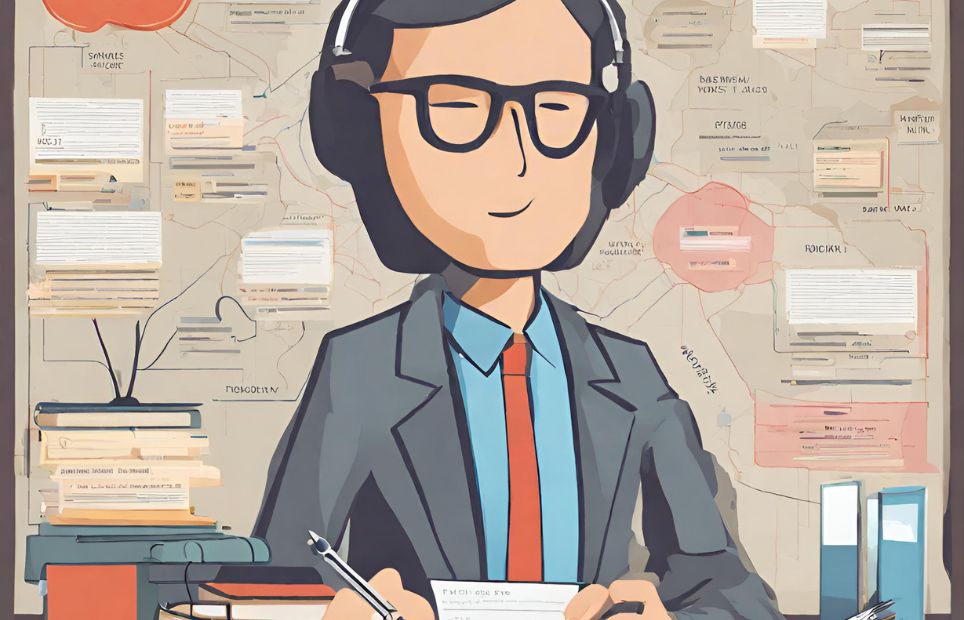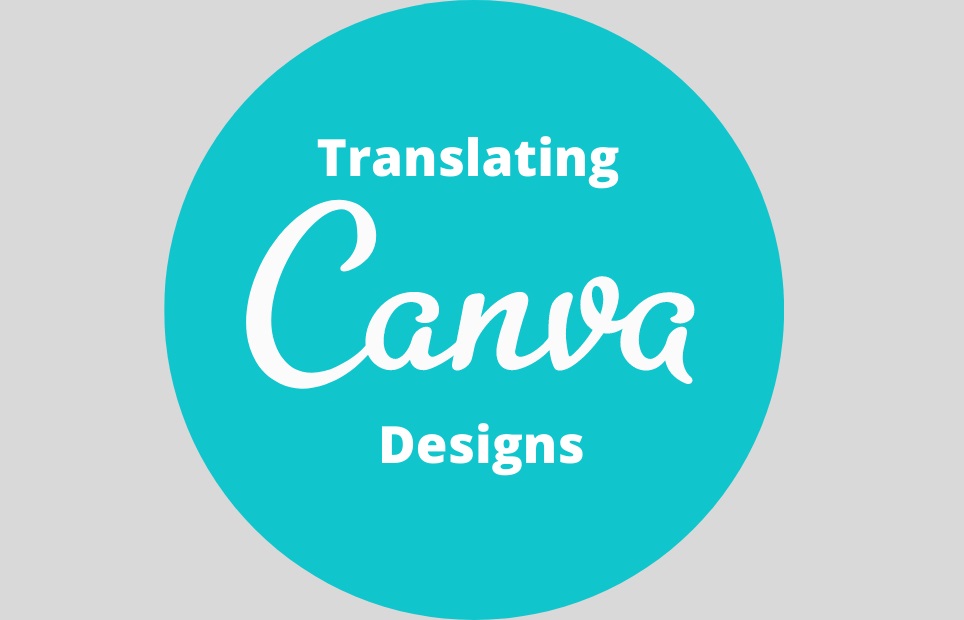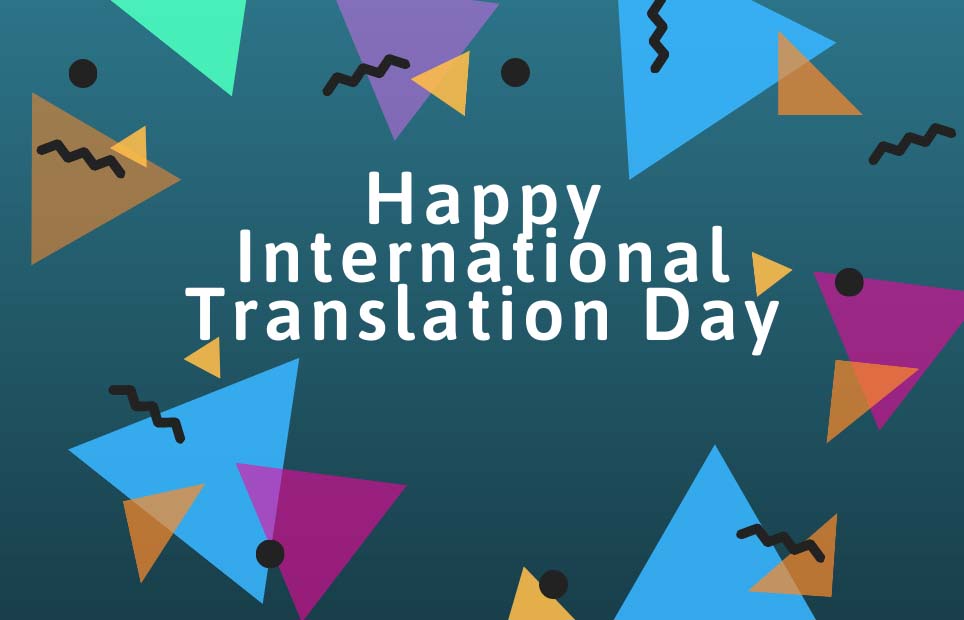The Importance of Editing Machine Translations

Why Machine Translation Should Be Edited In an era where artificial intelligence (AI) and machine learning are revolutionizing industries, machine translation (MT) has become an essential tool for businesses, researchers, and individuals who need quick and cost-effective translations. However, despite its advancements, MT still falls short in producing accurate, natural, and contextually appropriate translations. This […]
How Translators Can Leverage AI for More Than Just Translation

The world is getting smaller, and communication across languages is more crucial than ever. Translators have long been the bridge connecting cultures and ideas, but the rise of Artificial Intelligence (AI) is transforming the landscape. While machine translation (MT) has grabbed headlines, the real power of AI for translators lies beyond simply converting words. Here […]
How Much Does a Translation Cost? A Comprehensive Guide

In today’s interconnected world, accessing translation services can be as easy as googling “translations” and taking your pick from the myriad of options appearing on your screen. You’ll find translation agencies and freelance translators ready to undertake your translation project…for a price. However, determining how much a translation costs involves various factors, and understanding these […]
The Crucial Role of Style Guides and Glossaries in the Translation Industry

In the rapidly expanding global landscape, effective communication has become the cornerstone of successful business operations. With the rise in international interactions and cross-cultural collaborations, the demand for translation services has grown exponentially. Amidst this evolution, the creation of a well-defined style guide and a comprehensive glossary has emerged as a crucial asset in the […]
International Translation Day: Celebrating the Many Faces of Humanity

International Translation Day: Celebrating the Many Faces of Humanity International Translation Day, celebrated annually on September 30th, is a time to recognize and appreciate the essential role that translation and translators play in bridging linguistic and cultural divides. This day also offers an opportunity to reflect on the evolving landscape of the translation industry and […]
Is It Time to Head Back to the Office?

The COVID-19 pandemic has undeniably had a huge impact on work culture around the world. At the start of the pandemic, many lost their jobs or had no choice but to work from home, with offices around the world absent for months. While working from home is by no means a novel concept, COVID-19 saw […]
The Secret to Translating Canva Designs

Despite Canva’s popularity and user-friendly focus as a design tool, it has several limitations regarding multilingual practicality. So what should translators and customers be aware of when using it? What Is Canva? Canva is an incredibly useful graphic design platform with user-friendly templates and functionality that has become a popular cloud-based tool, with many free […]
How Can Translators Make the Most of 2021?

With a global pandemic and a subsequent international recession having made 2020 an understandably difficult year for many translators, it can be nerve-wracking to think that we may be facing more of the same in 2021. So how can translators thrive during this new year of uncertainty? All this depends on your situation, with some […]
Tips to Set Up a Home Office

Translators shifting away from in-house positions and offices has been exacerbated by the COVID-19 pandemic, with an unprecedented number of people working from home in a huge range of fields, looking likely to stay this way for quite some time. However, working from home can be a daunting prospect for many for a variety of […]
International Translation Day: How to Adapt to the New Normal

Today is International Translation Day and it’s a good opportunity for the translation community to reflect on the difficulties over the past year for many of us and to help provide tips so we can better cope with the difficulties raised by the COVID-19 pandemic. The date of September 30 was chosen due to it […]



